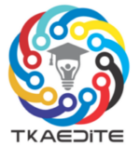This innovative approach goes beyond simply placing devices in traditional classrooms. It reimagines the learning environment as a flexible, student-centered, and digitally enhanced space—where pedagogy, technology, and physical design work together to support inclusive, interactive, and future-ready education.
Key elements of the digital school class include:
